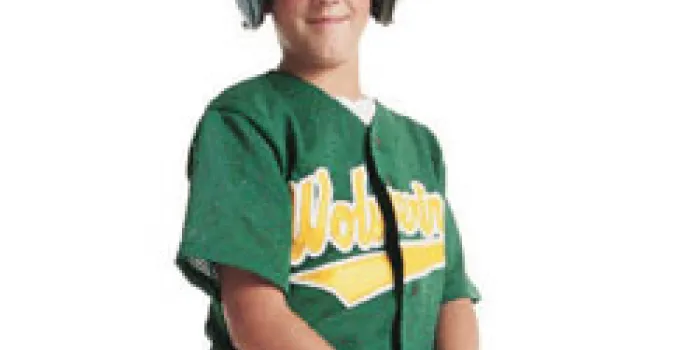Emergency rooms treated about 309,000 sports-related head injuries in 2005, according to the American Association of Neurological Surgeons (AANS), many of which could have been prevented by using a properly fitted helmet.
A head injury is a blow or trauma to the head. The signs of an injury may be found right after the blow, or they may develop anytime within one to four days afterward. Sports injuries don’t often result in death, but when they do, the leading cause is traumatic brain injury, which disrupts the normal functions of the brain. Sports and recreational activities account for almost 21% of all traumatic brain injuries among American children and adolescents, according to the AANS.
Bleeding disorders such as hemophilia increase the risk of problems following a head injury. Bleeding in or around the brain can be life-threatening or result in permanent nerve damage. This is why any significant head, neck or spine injury requires factor replacement immediately, as well as a CT scan and evaluation by a healthcare professional. Signs and symptoms of a head bleed include repeated vomiting, irritability, drowsiness, headache and confusion. These symptoms may not appear until several days after the injury.
Aside from the contact sports that most experts suggest people with bleeding disorders avoid, such as football, hockey, boxing and wrestling, even one of the activities commonly recommended for these individuals—e.g., bicycle riding—poses a risk for head injuries. In fact, cycling was the leading cause of head injuries in 2005, according to the US Consumer Product Safety Commission (CPSC), which tracks product-related injuries through its National Injury Information Clearinghouse. CPSC says 64,500 bicycling-related head injuries were treated in 2005 in the US.
“Bicycle helmets provide measurable protection in terms of both reducing the deceleration experienced by a person’s head and protecting against direct compressive force,” says Arthur Day, MD, AANS vice president and director of the Cerebrovascular Center and Neurologic Sports Injury Center at Brigham and Women’s Hospital in Boston. “Yet too many children and adults take unnecessary risks and do not wear helmets.”
According to the AANS, up to 85% of head injuries could be prevented through proper use of a helmet that fits properly and won’t fall off during a fall. Look for a helmet that adheres to safety standards set by the Snell Foundation, American National Standards Institute or American Society for Testing and Materials.
Brain Injury Symptoms
- Pain: Constant or recurring headaches
- Motor dysfunction: Inability to control or coordinate motor functions, or problems with balance
- Sensory: Changes in ability to hear, taste or see; dizziness; hypersensitivity to light or sound
- Cognitive: Shortened attention span; easily distracted; overstimulated by environment; difficulty staying focused on a task, following directions or understanding information; feeling of disorientation and confusion and other neuropsychological deficiencies
- Speech: Difficulty finding the “right” word; difficulty expressing words or thoughts; dysarthric speech (stammering or stuttering).
Source: NeuroSurgery Today

